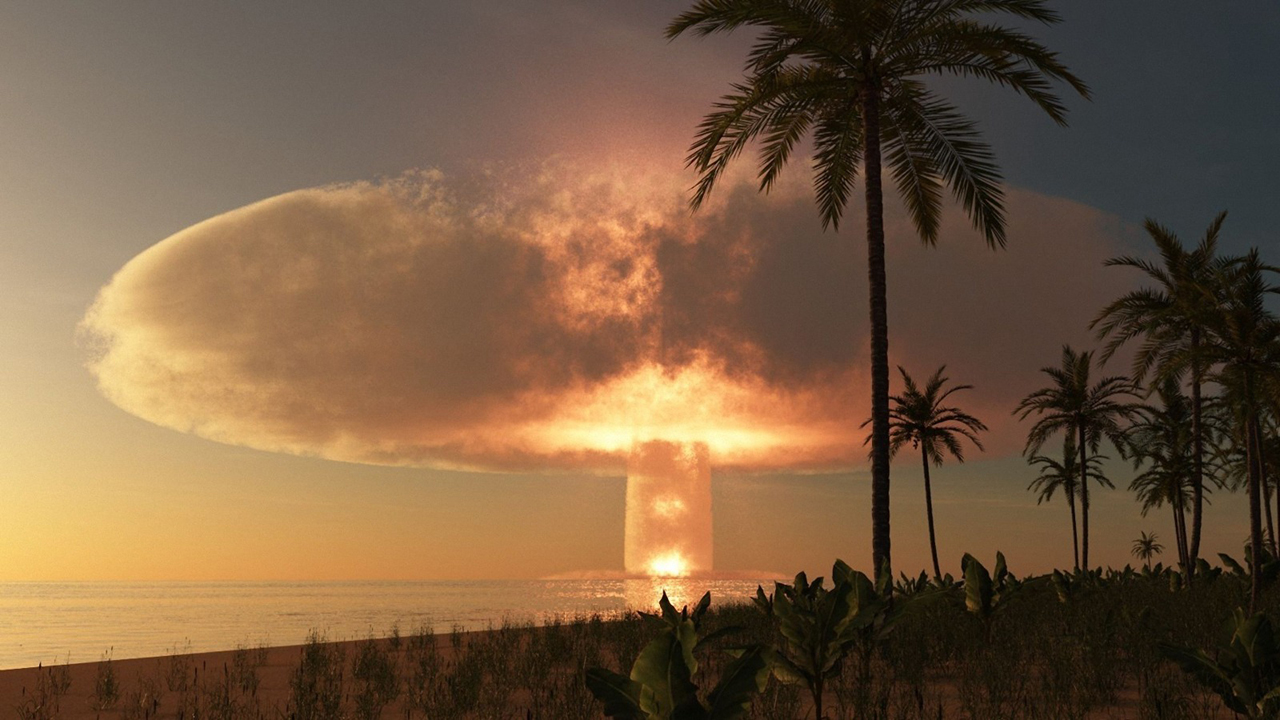Introduction:
The Manhattan Project stands as one of the most significant scientific and engineering endeavors in human history. Spanning from 1939 to 1945, the project brought together brilliant minds, advanced technology, and unprecedented resources to harness the power of the atom. This article delves into the history, significance, and impact of the Manhattan Project in shaping the course of World War II and the subsequent nuclear age.
Origins and Objectives:
The Manhattan Project originated from the fears and concerns of prominent scientists about Nazi Germany's potential for developing atomic weapons. Albert Einstein's letter to President Franklin D. Roosevelt in 1939 highlighted the urgent need for the United States to initiate atomic research. Subsequently, the project was established under the Army Corps of Engineers and led by physicist J. Robert Oppenheimer.
Scientific Breakthroughs:
The Manhattan Project brought together some of the brightest scientific minds of the time, including Enrico Fermi, Niels Bohr, and Edward Teller. The project focused on two primary approaches: uranium enrichment and plutonium production. Scientists made remarkable progress in these areas, overcoming numerous technical challenges and developing innovative methods for extracting fissile materials.
Los Alamos and the Bomb:
The Los Alamos Laboratory in New Mexico became the central hub for the Manhattan Project's research and development efforts. Scientists and engineers worked tirelessly to design and construct the first atomic bombs. The two primary designs were the "Little Boy" uranium bomb, which was dropped on Hiroshima, and the more complex "Fat Man" plutonium bomb, which devastated Nagasaki.
The Trinity Test:
On July 16, 1945, the Trinity Test marked a pivotal moment in the Manhattan Project. The world's first successful detonation of a nuclear device took place in the New Mexico desert, proving that the atomic bomb was a reality. The tremendous power unleashed during the test demonstrated the destructive potential of atomic weapons.
End of World War II and Legacy:
The successful development of atomic bombs by the Manhattan Project had far-reaching consequences. On August 6 and 9, 1945, the bombings of Hiroshima and Nagasaki respectively led to Japan's surrender, effectively ending World War II. While the bombings saved lives by potentially averting a protracted invasion of Japan, they also ushered in a new era of nuclear weapons and arms race.
The Nuclear Age:
The Manhattan Project propelled humanity into the nuclear age, forever altering the geopolitical landscape. The destructive power exhibited by atomic bombs prompted a global quest for nuclear capabilities, leading to the Cold War between the United States and the Soviet Union. The proliferation of nuclear weapons created a delicate balance of deterrence known as Mutually Assured Destruction (MAD).
Scientific and Technological Advancements:
Beyond military applications, the Manhattan Project contributed immensely to scientific and technological advancements. The project stimulated research in various fields, including nuclear physics, materials science, and computational modeling. The knowledge gained paved the way for nuclear energy applications, such as nuclear power plants, medical diagnostics, and cancer treatments.
Ethical and Moral Questions:
The Manhattan Project also raised profound ethical and moral questions regarding the use of atomic weapons. The bombings of Hiroshima and Nagasaki resulted in immense human suffering and raised concerns about the devastating consequences of nuclear warfare. These events sparked global dialogue on disarmament, arms control, and the responsibility associated with possessing such immense power.
Conclusion:
The Manhattan Project remains a watershed moment in human history, where scientific achievement intersected with the sobering reality of warfare. It showcased the remarkable capabilities of human ingenuity, while also highlighting the immense ethical and moral dilemmas surrounding the use of nuclear weapons.
The legacy of the Manhattan Project continues to shape our world today. It led to the establishment of the Atomic Energy Commission in the United States and the subsequent development of nuclear energy as a viable source of electricity. Nuclear power plants have since been built worldwide, providing a significant portion of the world's energy needs.
However, the project's legacy is not without controversy. The destructive power of nuclear weapons and the potential for catastrophic consequences in the event of their use have led to continued debates on disarmament, non-proliferation, and arms control. Efforts to prevent the spread of nuclear weapons and to achieve a world free of nuclear threats remain ongoing.
The Manhattan Project serves as a powerful reminder of the responsibility that comes with scientific progress. It underscores the need for careful consideration of the potential impacts of technological advancements and the importance of ethical decision-making in the face of unprecedented power.
Ultimately, the Manhattan Project revealed the awe-inspiring capabilities of human intellect and innovation, but it also served as a cautionary tale. It highlighted the urgent need for responsible use and control of nuclear technology, while emphasizing the importance of international cooperation to address global challenges.
As we reflect on the Manhattan Project, we must strive to learn from history and ensure that scientific advancements are harnessed for the betterment of humanity. It is imperative that we continue to explore alternative and sustainable sources of energy, work towards disarmament, and promote peaceful resolutions to conflicts. The lessons learned from the Manhattan Project and its aftermath should guide us in shaping a future where the power of the atom is harnessed for the benefit of all, without jeopardizing the safety and well-being of humanity.

Comments